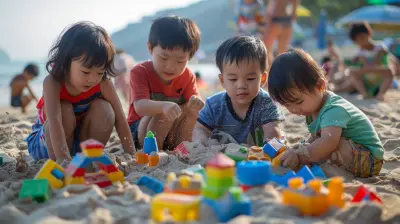Why Bullying Prevention Should Start in Kindergarten
27 October 2025
Let’s face it—when we think about bullying, our minds usually jump straight to middle or high school. Maybe we picture locker slams, hurtful rumors, or cyberbullying on social media. But guess what? Bullying doesn’t start in 6th grade. Nope. It starts much earlier—when little kids are just figuring out the world, each other, and their own emotions. That’s why bullying prevention should start in kindergarten.
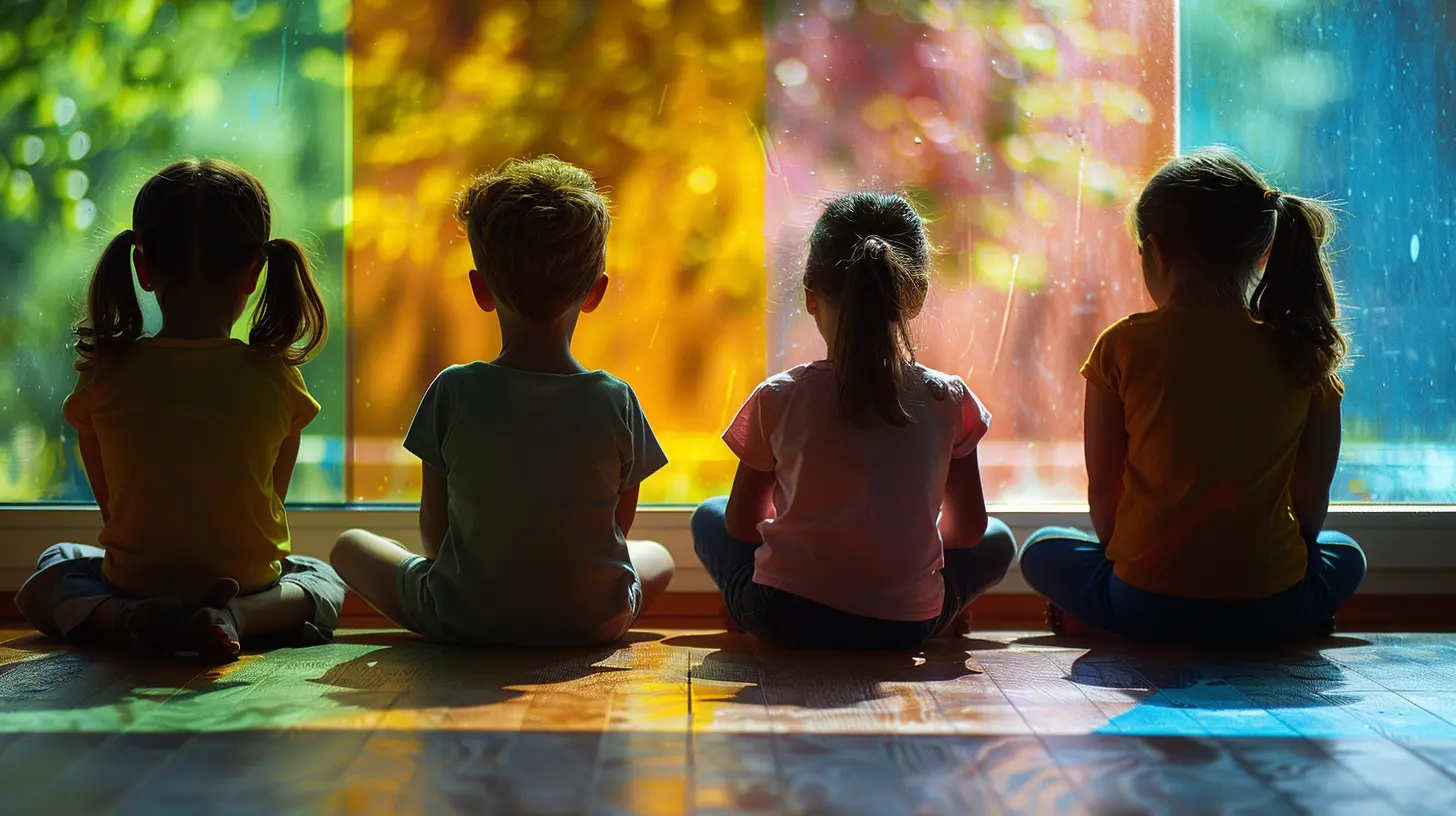
Wait—Kindergarteners Can Be Bullies?
You might be shaking your head right now, thinking: “Come on, they’re just kids.” But here’s the truth: kids are like emotional sponges. They absorb what they see, repeat what they hear, and experiment with power in social settings. That doesn’t make them “bad”; it just makes them… human.Think about it this way: If a five-year-old learns early on that pushing someone down or refusing to share gets them attention, they might start to use that behavior as a tool—even if it hurts someone else.
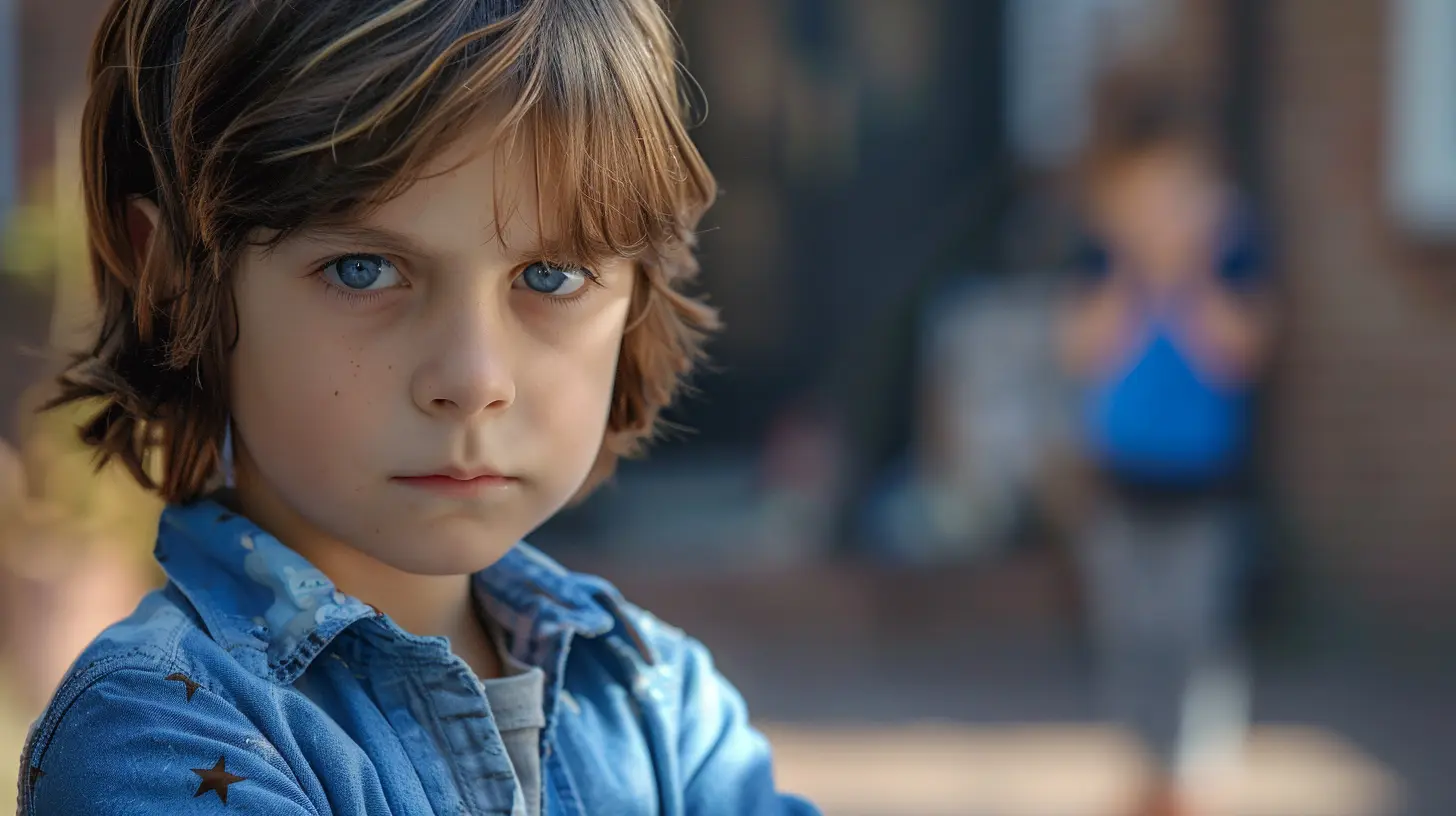
The Foundation of Social Behavior is Built Early
Those first few years of school? They're not just about ABCs and 123s. They're about learning how to share crayon boxes, take turns on the swings, and understand that other people have feelings too.In kindergarten, a child learns how to navigate friendships, handle frustration, and resolve conflicts. If these skills aren't taught or guided properly, unhealthy patterns can form—and stick.
Let’s say two kids fight over a toy. One grabs, the other cries, and an adult steps in. Now, if that adult uses the moment to guide both kids—helping one express feelings and the other to understand impact—boom! That’s real-time social-emotional learning. That’s also bullying prevention at its core.
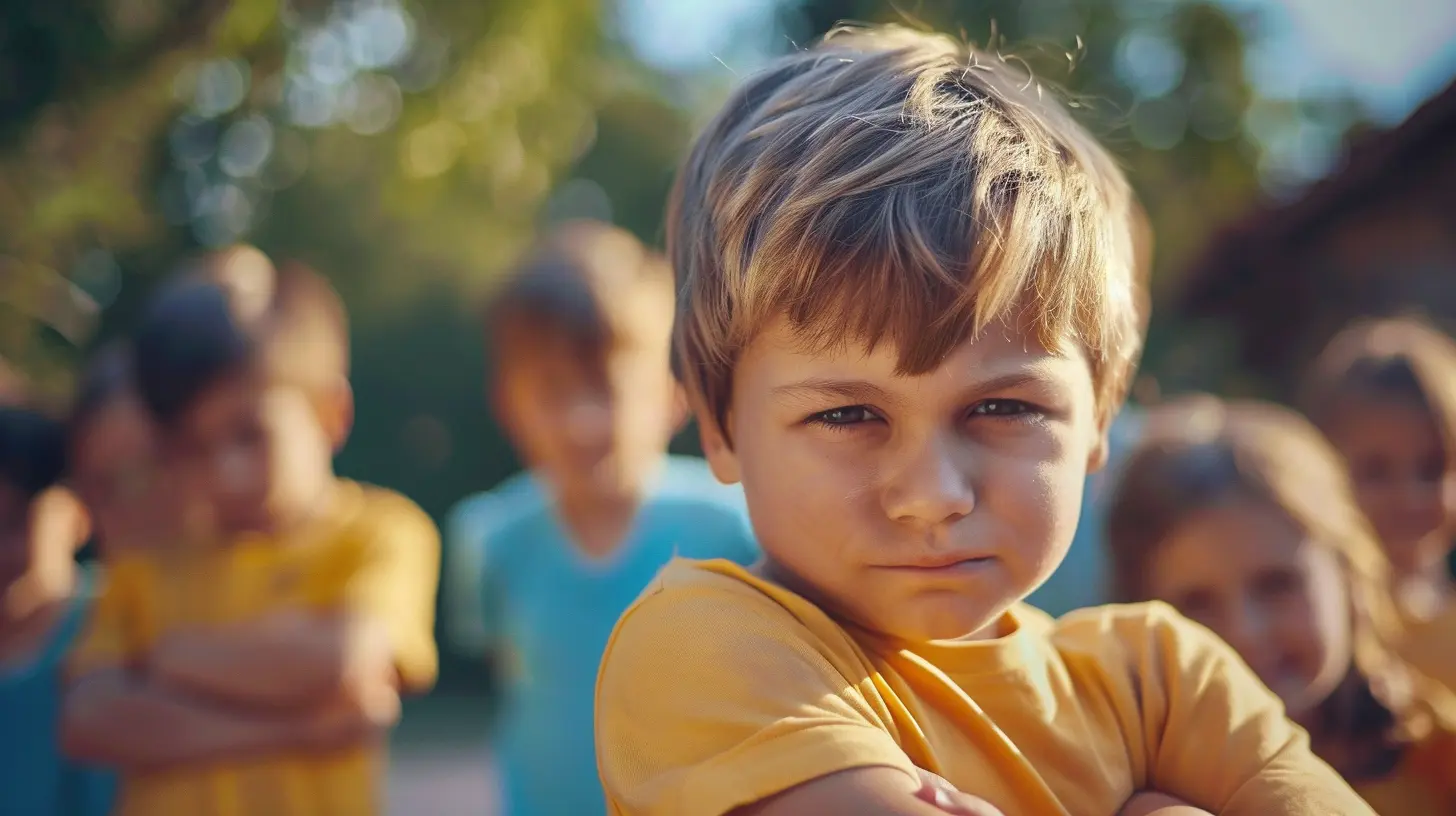
Early Intervention = Lifelong Impact
Here’s something wild: studies show that kids who exhibit bullying behavior in early childhood are more likely to keep doing it into adolescence. On the flip side, those on the receiving end of bullying? They’re at higher risk of anxiety, depression, and lower academic performance.Now imagine this—what if we could stop that negative spiral before it even starts? That’s the power of early intervention. It’s like weeding a garden before the roots get tangled and deep.
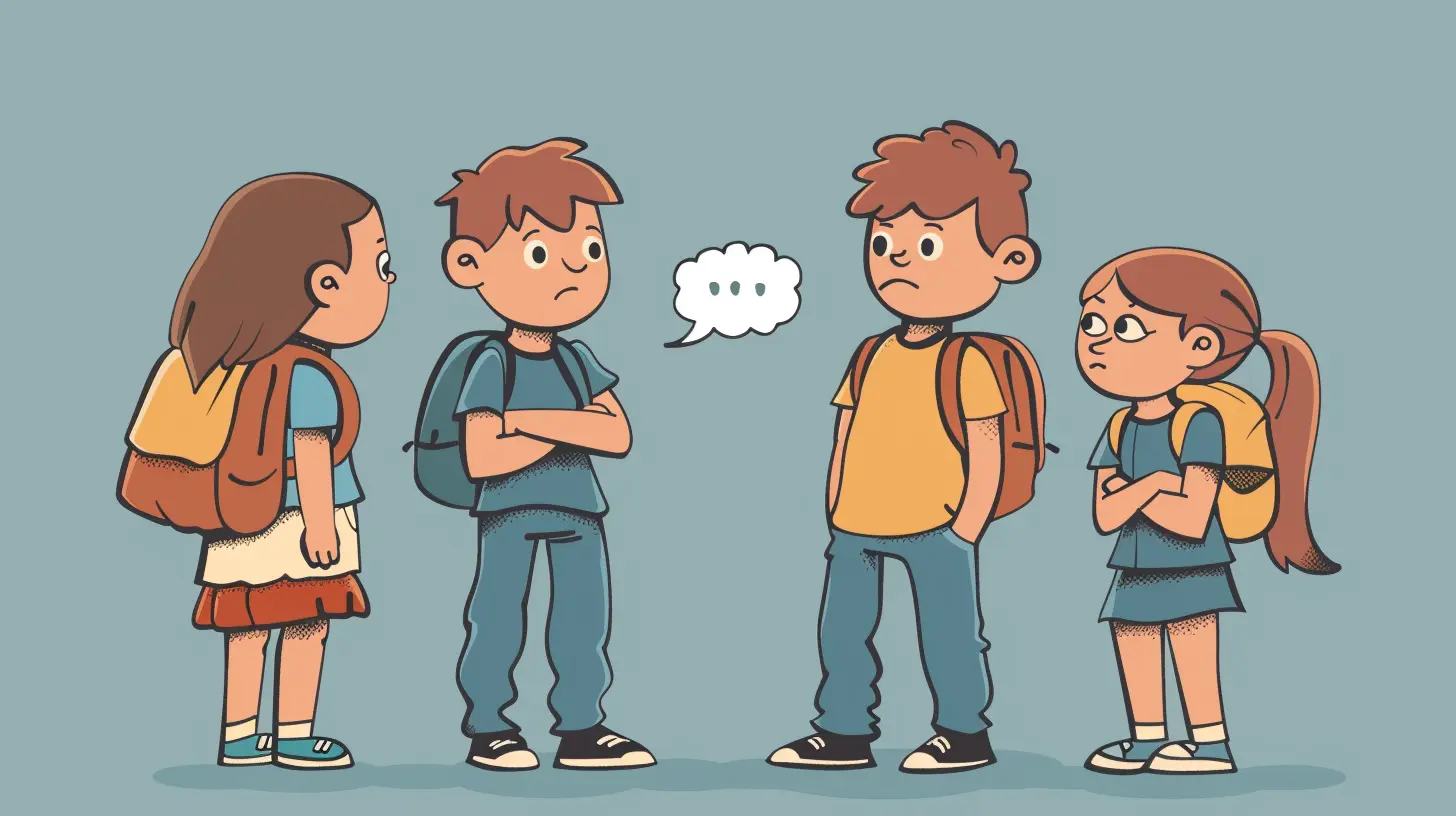
Kindergarteners Learn FAST
Little kids are like mini data collectors. They’re constantly watching, listening, and soaking up behaviors from adults and peers alike. That’s why introducing kindness, empathy, and emotional regulation in kindergarten can make a huge difference.Let’s break it down:
- Teach empathy? Kids begin to recognize how their actions make others feel.
- Discuss fairness? Kids start to understand the importance of sharing and taking turns.
- Model respectful communication? Kids learn to use words instead of fists.
It’s not rocket science—it’s basic human interaction. But if we don’t teach it, how can we expect kids to just “know” it?
What Bullying Looks Like in Kindergarten
You might be surprised to learn bullying in kindergarten doesn’t always look like the classic push-and-shove. It can be subtle, like:- Excluding a peer from a game on purpose
- Calling someone names (yes, even “poopyhead” counts)
- Telling others not to play with a certain child
- Yelling or intimidating to get what they want
These may seem small or “just part of growing up,” but they’re early forms of aggressive behavior. If we brush them off, we miss a golden opportunity to step in and teach.
Building Emotional Intelligence (Even at Age 5)
A key strategy in preventing bullying is building emotional intelligence. What is that, exactly?Well, emotional intelligence is the skill to recognize, understand, and manage your own emotions—and to be aware of others’ emotions, too.
Think of it like giving kids a toolbox filled with:
- The hammer: Knowing when they’re mad or frustrated
- The screwdriver: Finding the right words to express themselves
- The wrench: Empathizing with someone who’s sad or hurt
The earlier they learn to use these tools, the better they handle conflict. And guess what? A kid who knows how to manage their feelings is way less likely to lash out at others.
Role of Teachers and Schools
Teachers are the frontline defenders when it comes to shaping a classroom culture. In kindergarten, a teacher isn’t just an educator—they’re part counselor, part referee, and 100% role model.It’s up to schools to:
- Promote anti-bullying policies even in early grades
- Train teachers to recognize early signs of bullying behavior
- Encourage cooperative learning activities that build teamwork
- Regularly check in with students emotionally, not just academically
Schools that foster connection, empathy, and open communication create classrooms where bullying struggles to thrive.
Parents: The First Line of Defense
Let’s not forget where learning really starts—at home. Parents are a child’s first teachers. If kindness, respect, and empathy are reinforced at the kitchen table, they’ll show up in the classroom too.Parents can help by:
- Talking about feelings early and often
- Modeling respectful behavior (yup, your kids are watching!)
- Encouraging friendships with diverse peers
- Talking openly about what bullying is—and why it’s wrong
Also, if your five-year-old comes home saying they were “mean” to someone, don’t panic—but don’t sweep it under the rug either. Ask why. Talk about how the other child might have felt. Help them consider what they might do different next time.
Using Stories and Play for Prevention
Here’s something cool—kids learn through storytelling and play. So what better way to teach them about inclusion, empathy, and boundaries than through picture books and role-play?Some of the best bullying prevention strategies in kindergarten use puppets, story time, and games. It turns an abstract idea like "kindness" into something kids can touch, see, and feel.
It's like sneaking veggies into a smoothie—they're learning essential life skills without even realizing it.
Creating a Culture of Kindness
Preventing bullying isn’t just about discipline—it’s about culture. Schools that prioritize kindness and inclusivity set the stage for students to thrive.Try this on for size: what if every kindergarten classroom had a “kindness jar”? Each time a student is caught doing something kind, they drop a bead in. As the jar fills, so does the classroom’s collective score—and maybe they earn a class reward.
See what’s happening there? Kindness becomes something to strive for. It gets attention. It matters.
Positive Reinforcement Works Wonders
Young kids respond best to positive reinforcement rather than punishment. Instead of focusing only on what not to do, we can show them what to do.Rather than saying “Don’t hit,” we say, “Use your words when you’re upset.”
Instead of “Stop being mean,” we say, “Let’s think about how we can help our friend feel better.”
It may take time, but the effects are lasting.
Early Lessons = Long-Term Results
Here’s the big picture: when kids learn early on that everyone deserves to feel safe and respected, they carry that with them—into upper grades, into friendships, and eventually, into the workplace and the world.Starting in kindergarten isn’t just about preventing bullying in elementary school. It’s about growing future adults who are emotionally smart, socially responsible, and decent human beings.
The Butterfly Effect of Classroom Kindness
Imagine a room full of toddlers who know how to express their feelings, solve disagreements with words, and stand up for someone being left out. Now imagine thousands of classrooms like that.The ripple effect? It’s huge. One kindergartener who learns empathy might stop a bully in middle school. One supportive teacher could change a child’s life trajectory. One parent conversation at bedtime could mean the difference between tears and hugs on the playground.
Final Thoughts
Bullying isn’t just a phase. It’s a behavior—and behaviors can be changed. But the earlier we catch them, the better the outcome.Kindergarten may just look like finger painting and snack time, but underneath that is a crucial stage of human development. It’s where values are shaped, habits form, and social frameworks begin to build.
So, should bullying prevention start in kindergarten?
Absolutely.
Because catching the storm before it forms is always better than cleaning up after it hits.
all images in this post were generated using AI tools
Category:
Bullying PreventionAuthor:

Anita Harmon
Discussion
rate this article
1 comments
Damian Rocha
In tiny hearts where kindness blooms, Let gentle lessons chase the glooms. In kindergarten's tender embrace, We sow the seeds of love and grace. With early whispers of respect, We build a world where hearts connect.
October 28, 2025 at 3:28 AM

Anita Harmon
Thank you for beautifully capturing the essence of kindness in early education! It perfectly illustrates why fostering compassion and respect in kindergarten is crucial for bullying prevention.


